It’s that time. The Virginia Department of Education’s (VDOE) Standards of Learning (SOL) assessments are just around the corner, occurring from the end of April, to the last couple weeks of May. These assessments allow the VDOE and school county to provide resources such as Gifted and Talented Services, helping students with disabilities, programs for English language learners, or supplementaries for economically disadvantaged students.
You may be surprised to learn how many SOLs middle schoolers in Arlington take each year. In addition to math and reading every year, they take a tests in their other courses spread across three years. In seventh grade, students take a civics and economics SOL at the end of the academic year, in addition to the two base SOLs. In eighth grade, there is a multiple-choice science SOL and world geography SOL in the form of a Performance Based Assessment (PBA) in the spring. This article will detail the Science SOL and world geography PBA for its infrequency and singular format.
For middle school social sciences, Arlington Public School (APS) students traditionally take United States History: 1865 to Present in sixth grade, civics and economics in seventh grade, and world geography in eighth grade. There is only a SOL for social studies in seventh and eighth grade, however, the world geography assessment has the particular format of a PBA, in addition to passing the in-school course by meeting various standards managed by the state, to earn a credit.
The PBA piloted in place of the multiple-choice SOL in the fall of 2020, giving districts an option to provide a locally administered verified credit, LAVC, through a more open-ended structure. The system entails three assignments, one of which will be sent to the county board for teachers all across APS to grade anonymously, while the other two will be graded anonymously by the in-school teacher.
The standard topics for each assignment include how geography influences where people live, how migration affects people and places, and redlining. Eleanor Reed, the world geography teacher at H-B Woodlawn, says that one optimal perspective of the PBA system in contrast to the original assessment is an emphasis on the “learning process, [the PBA] is not a trivia contest, it teaches content along with how to express it.” However, she does feel that in APS and H-B, modification of the provided resources within the fields of reading level and accessibility is necessary.
One aspect the instructor does not prefer is the additional pressure on teachers, who are assigned the role of writing, administering, and grading the assessment. The process takes a multitude of organization and logistics in the later PBAs which do not go to the board.
For example, during the Migration PBA this year, Eleanor attempted to implement other format options such as posters in contrast to a traditional essay and scattering testing over multiple class periods. She found that not only was this system incredibly difficult to organize and score, but that students preferred to sit down and finish the assignment in one go. Because world geography is the first opportunity to earn a verified credit for a high school diploma and is the first PBAs APS students complete, both students and graders feel higher amounts of pressure and responsibility.
Originally, each grader had to assess two-hundred pieces over the course of two days. Eleanor likes to tell her colleagues, “When I’m in the PBA, pretend I’m wearing a T-shirt that says ‘Approach only with pastry.’” While the system has improved over the years and readjusted beyond the pandemic, graders still assess about 138 pieces, and Eleanor feels a solution to this is to add more graders. For example, one solution has been to bring in gifted services teachers as graders, which is Liz Waters at H-B Woodlawn.
Eleanor also has created a better grading system for herself. One change is that she grades on paper, rather than a device, to improve readability for herself as well as for students when they receive their feedback. Eleanor also created the “Mike and Nacho Grading Tracker,” a fun cat-themed poster she updates to let students know how many PBAs she has gone through each quarter.
In the future, Eleanor is looking for new ways to increase testing efficiency and improve the learning aspect in contrast to the stress students often feel over the written assignment. Eric Young, the sixth grade history teacher, and Nora LeValley, the seventh grade civics and economics teacher, have also worked with Eleanor to improve instruction in writing when it comes to social studies. This includes skills such as evaluating and incorporating sources and adapting writing to the SOLs.
In middle school science, APS students take sixth grade earth and space science, seventh grade life science, and eighth grade physical science which includes chemistry and physics. However, the only science SOL occurs at the end of eighth grade and is a completely multiple-choice assessment that encompasses material from all three middle school science courses.
Alexander Al-Hujazi, H-B Woodlawn’s eighth grade science teacher, says that the criteria of the SOL includes ten percent sixth grade earth and space science, sixty percent seventh grade life science, and thirty percent eighth grade physical science. Alex believes that the multiple choice format of the assessment is an advantage over other SOLs, however there could be improvement in the timing of the assessment. He states, “It’s so heavily weighted for seventh grade and offered a year after,” along with taking place generally earlier in the spring, leaving less time for preparation.
Alex’s eighth grade course covers material directly from the SOL but also dives deeper into some aspects of chemistry such as chemical bonding and reactions. This comes along with highlights such as the Science Expo, which Alex says takes up more class time at H-B in contrast to other schools, and the egg drop project. To prepare his eighth graders for the exam, Alex pauses his curriculum and spends two weeks reviewing content from previous courses and doing practice tests to familiarize students with the test format.
As you can see, middle schoolers in APS, particularly in 8th grade, have quite a bit on their plates when it comes to SOL exams. Good luck to all students during this SOL exam season!




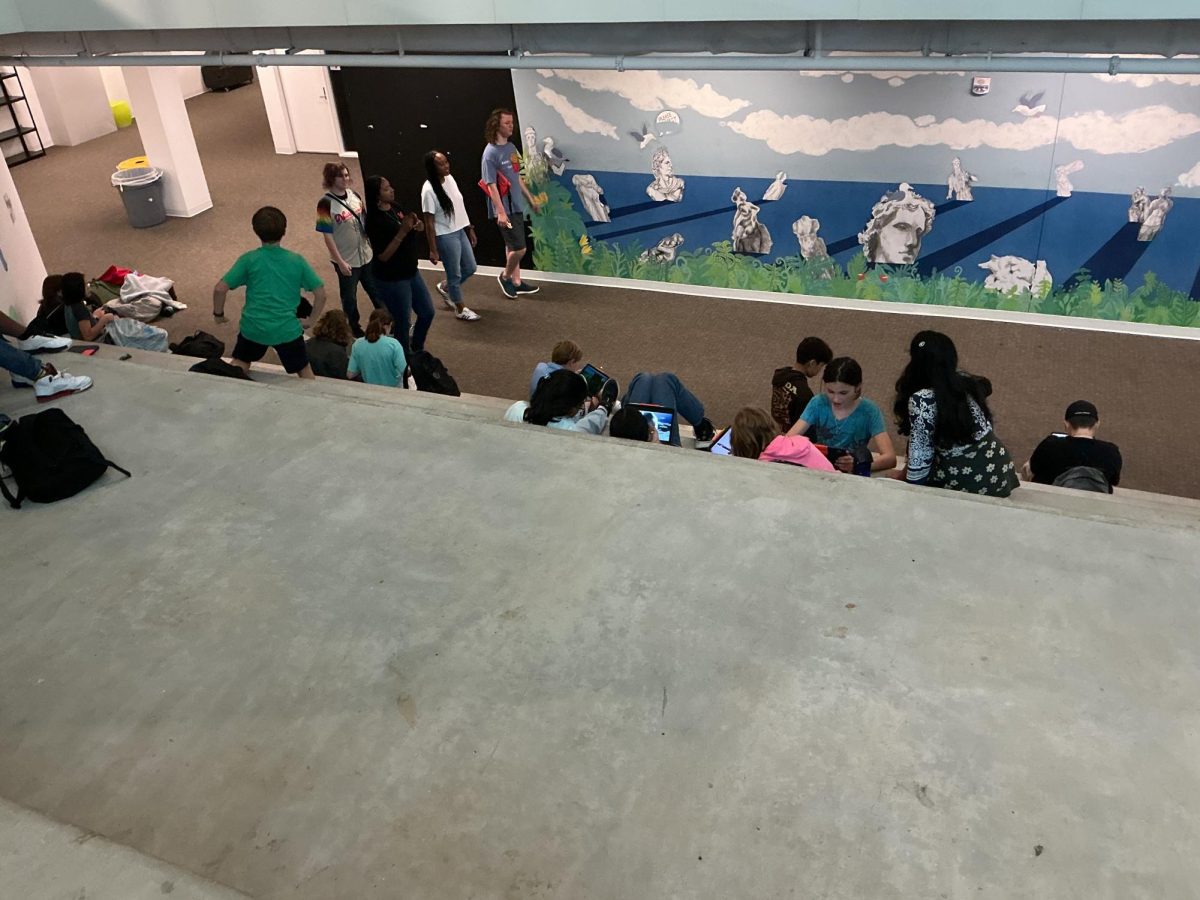

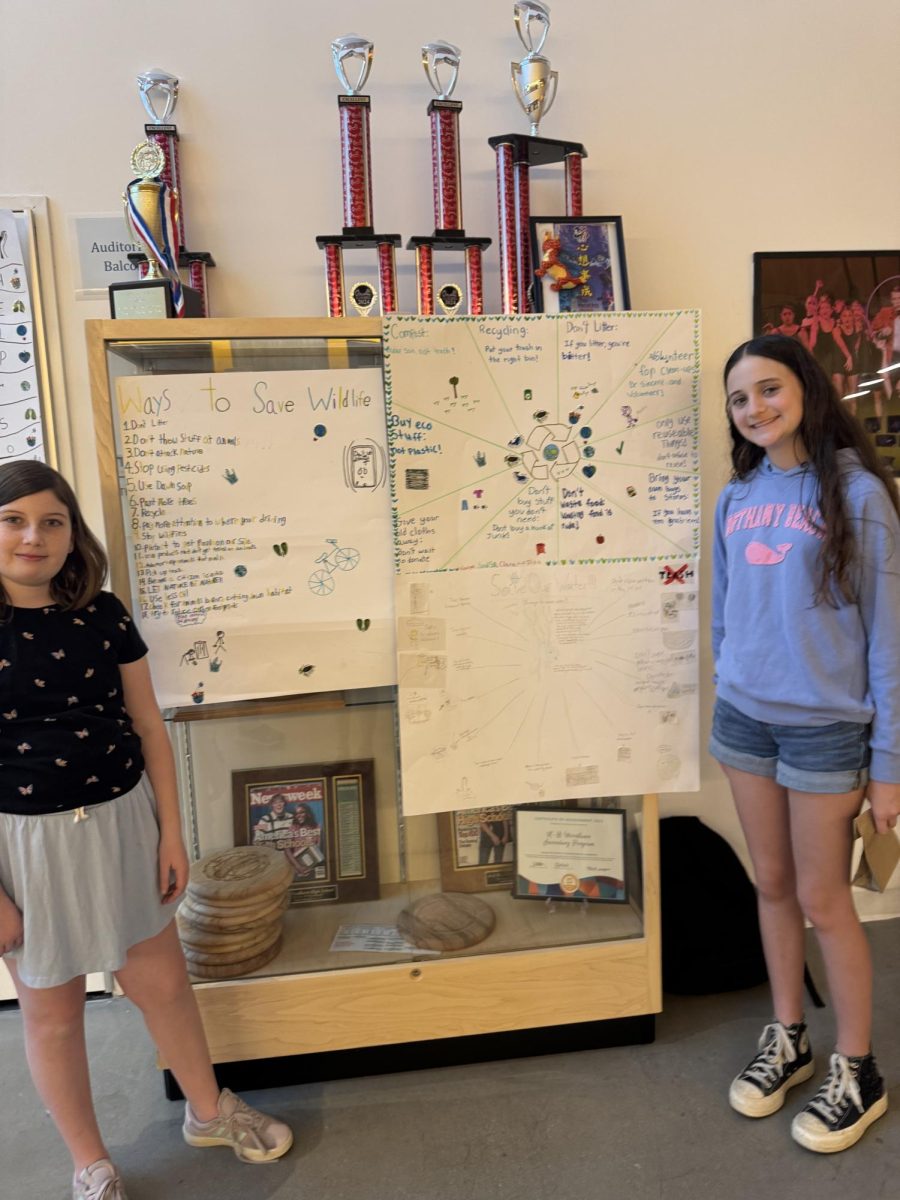
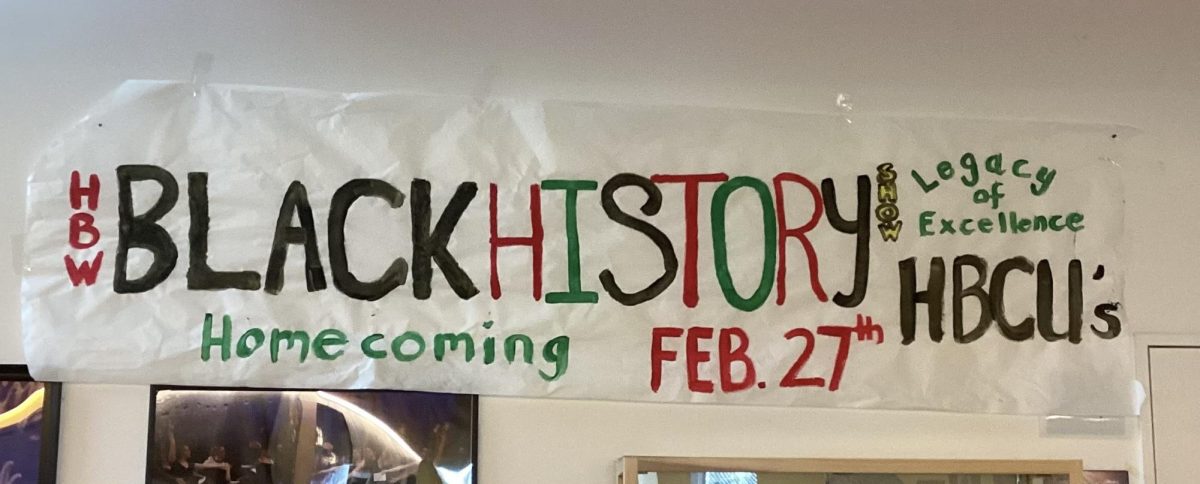
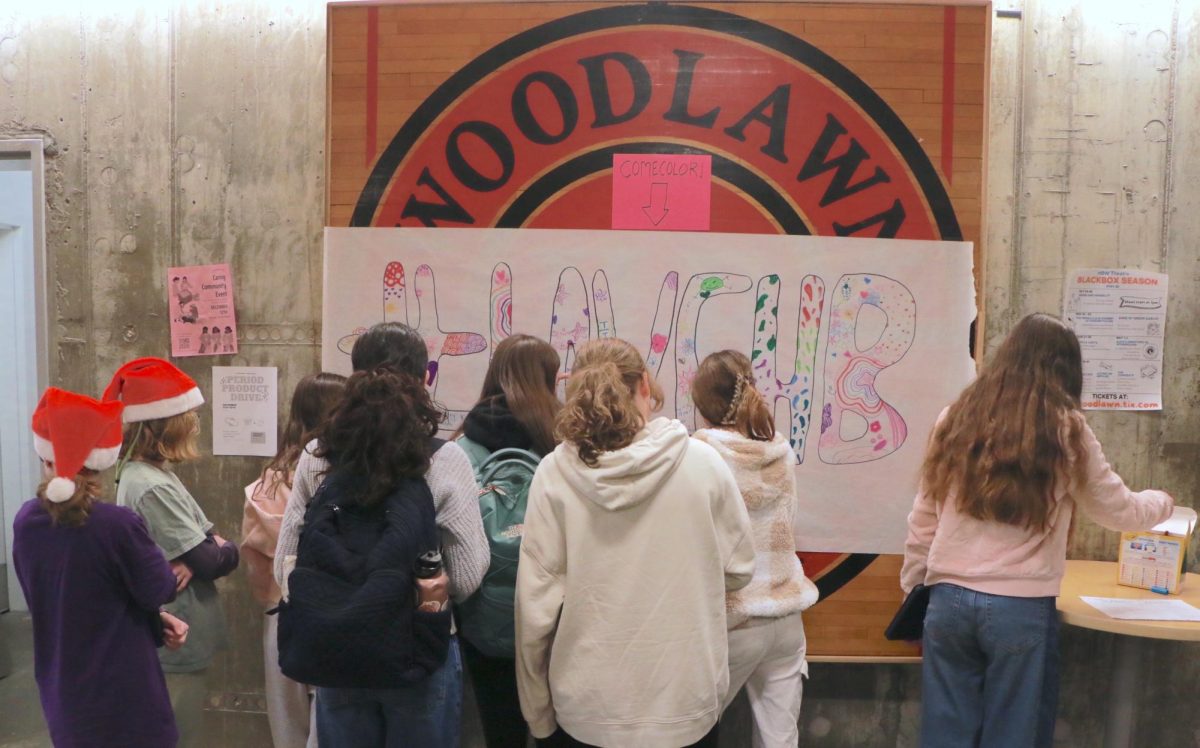














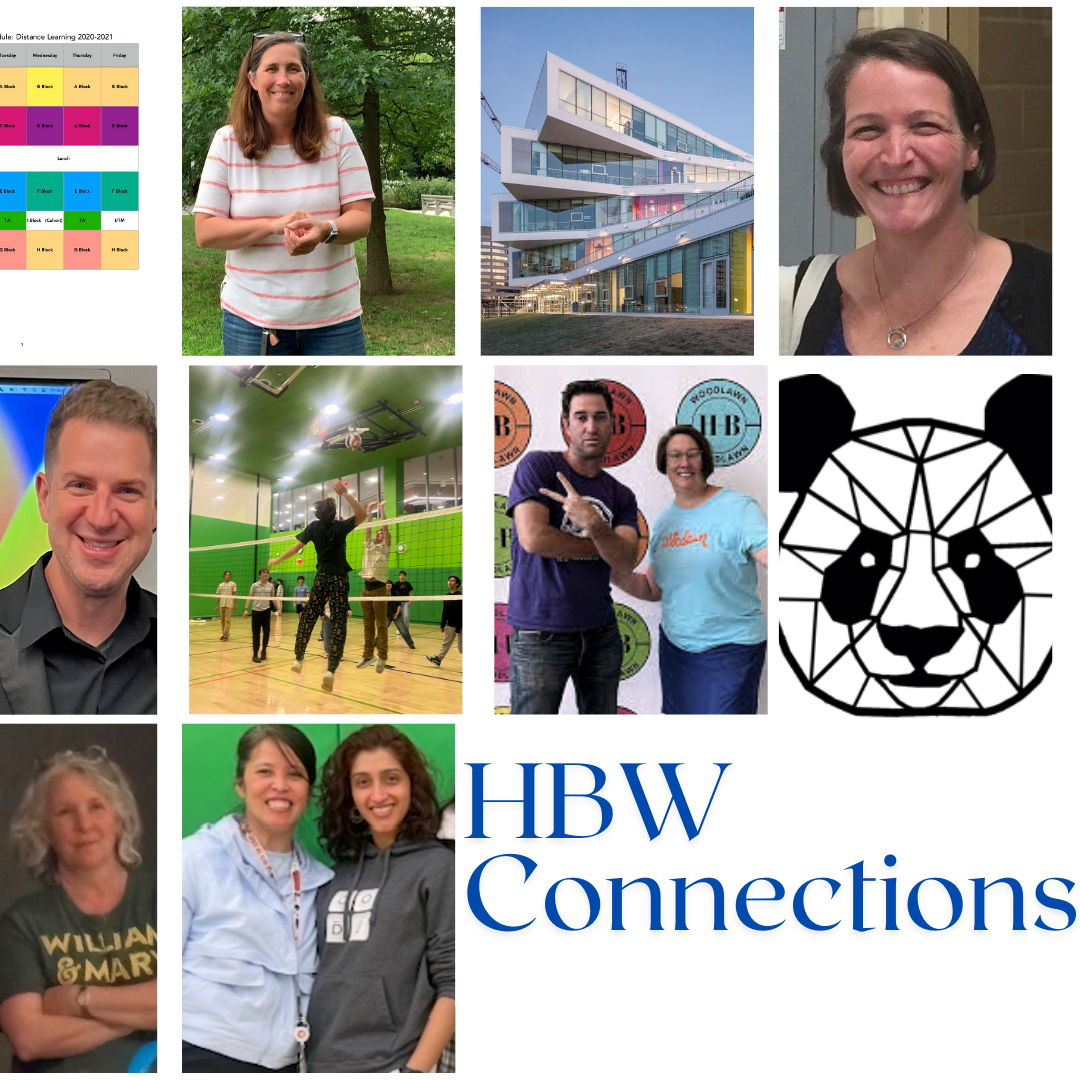



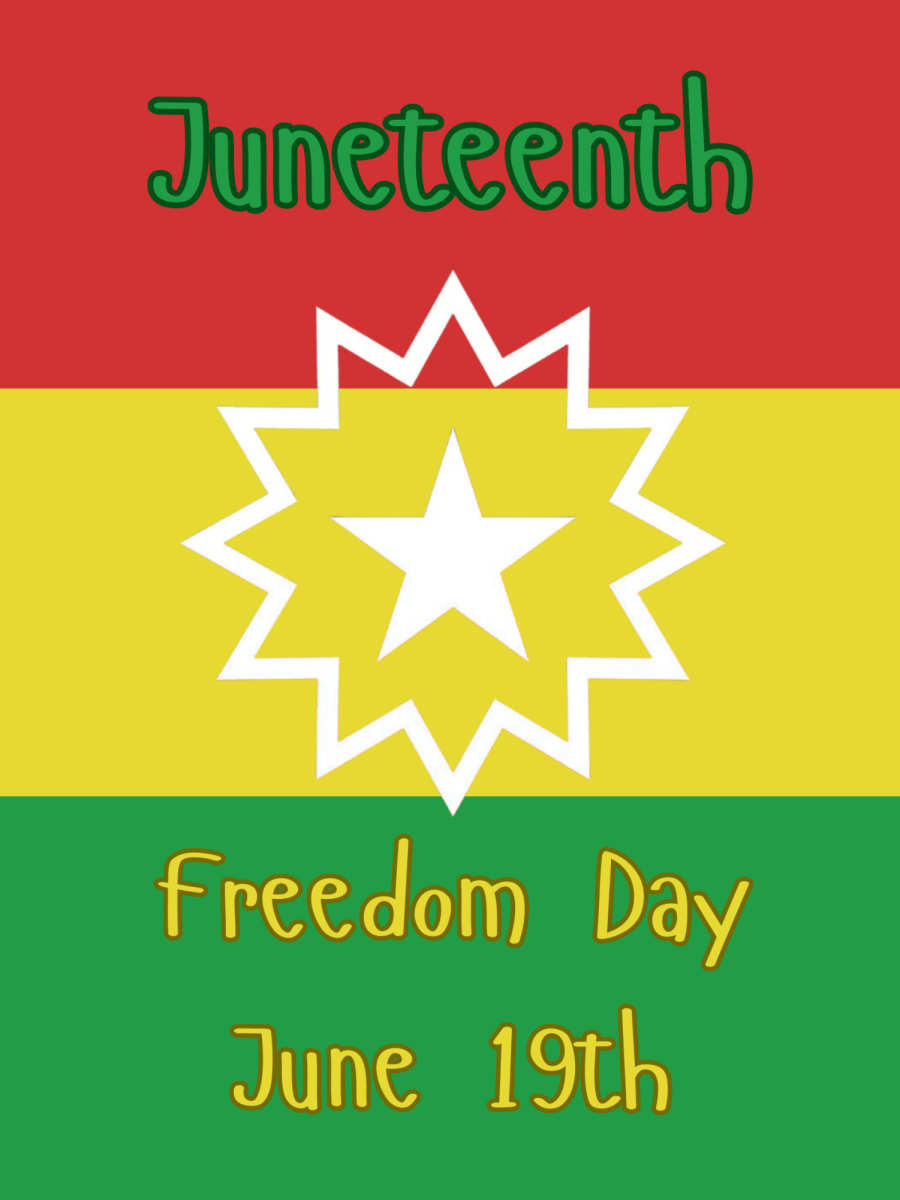









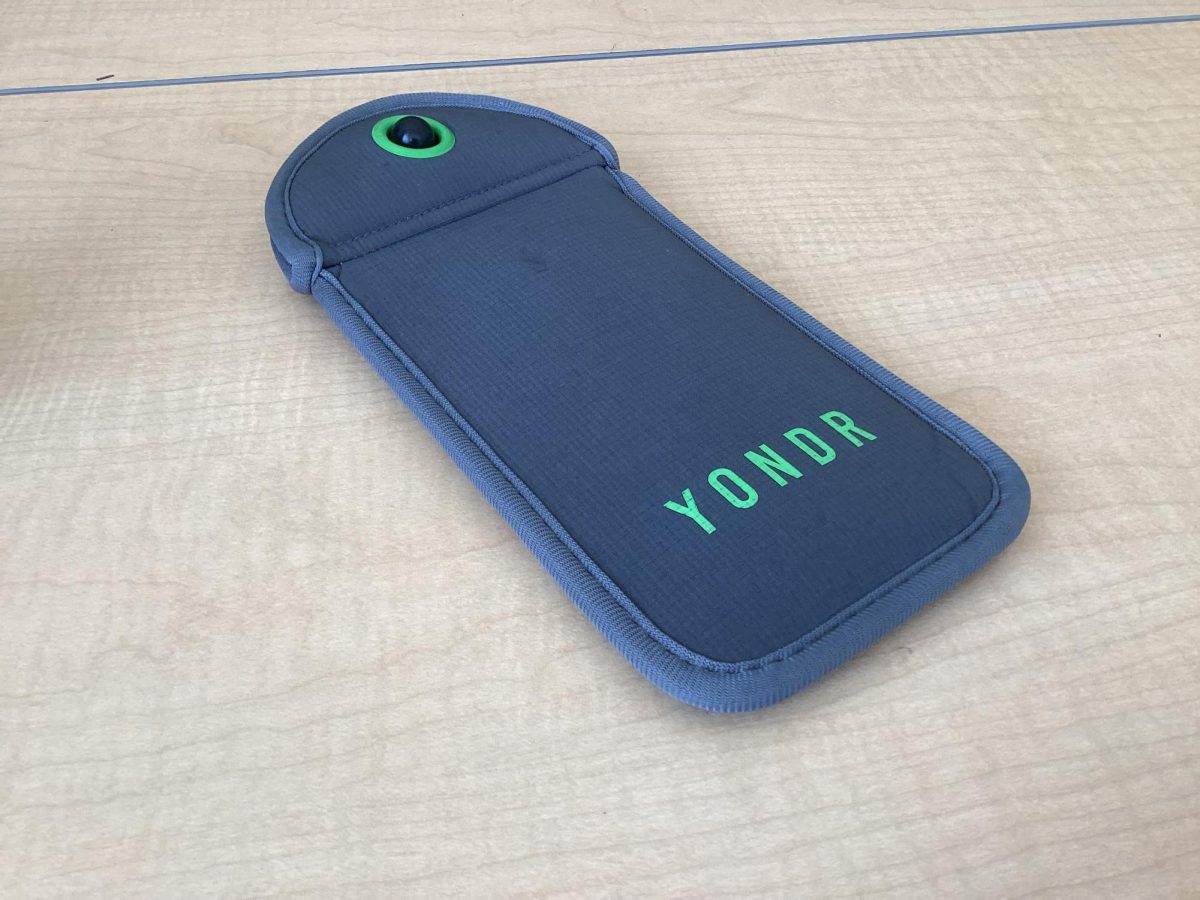
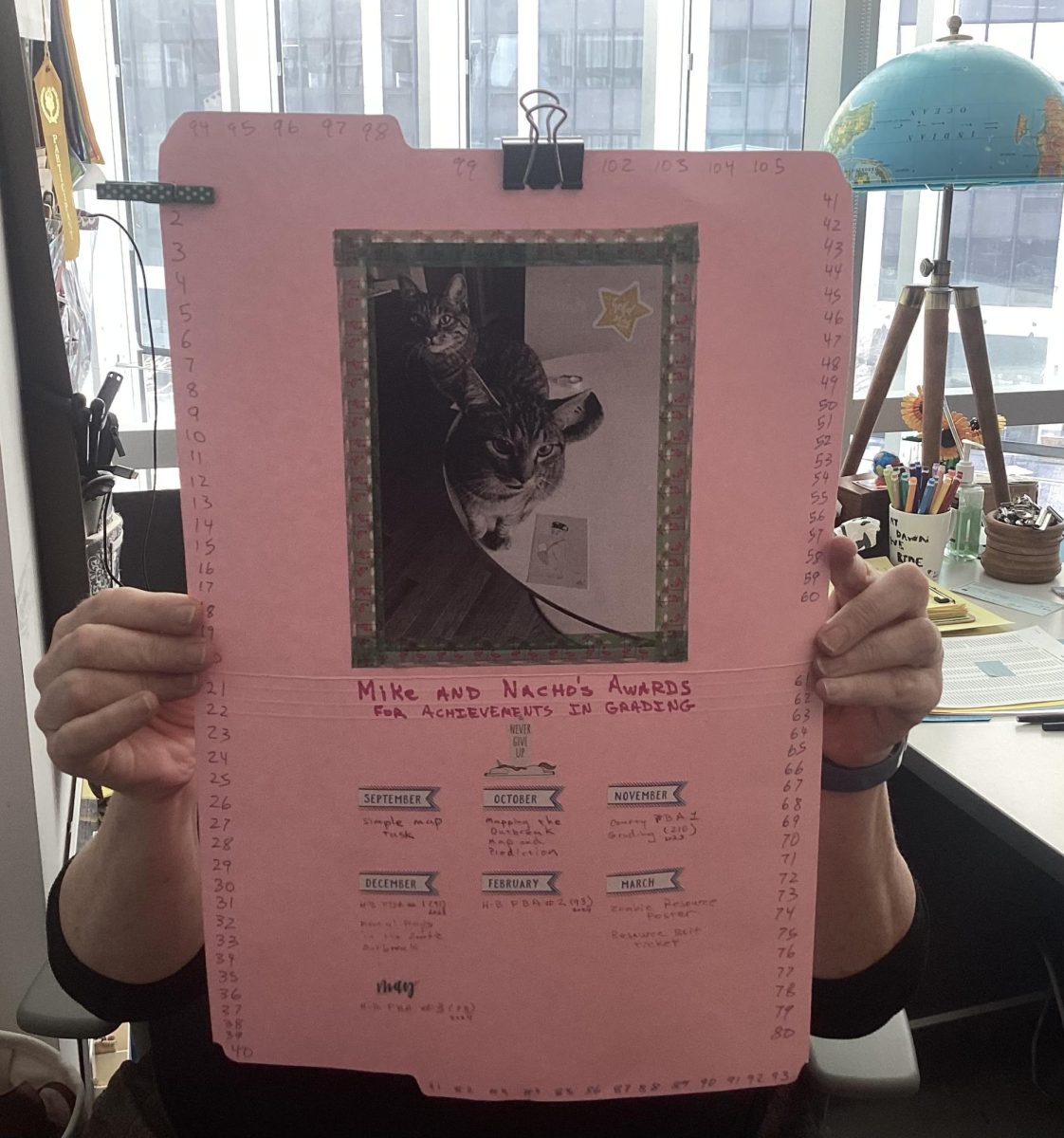

Eleanor • May 2, 2025 at 4:52 am
FYI – My favorite is a cinnamon bun. Thanks for this article. I feel seen!